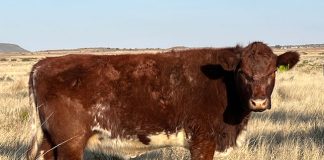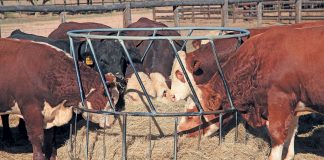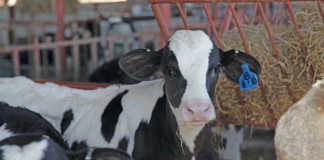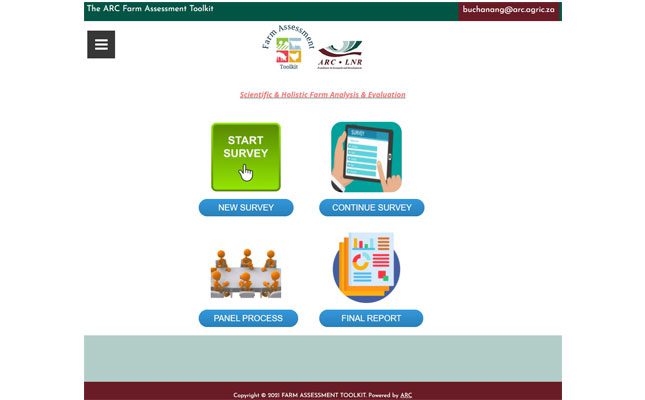
Photo: Supplied
The objective of apps created by the Agricultural Research Council (ARC) varies depending on their focus area. The objective of the Farm Assessment Tool (FAT) kit is to allow for the evaluation of a farm in a scientific manner, using the natural resource base of the farm as foundation.
The resources inform relevant enterprise, which leads to a level of economic prospects for the farm, in combination with associated infrastructural and managerial evaluation.
It aims to help the farmer achieve a profitable and sustainable enterprise, by highlighting the areas of potential and comparing with current performance, as well as providing the information resources and support to give farming enterprises a roadmap to achieve their potential.
The apps
The ARC has developed several apps and systems which focus on the different ARC campuses to support the various research work that they do.
These include apps and systems for beef and dairy cattle, small-stock, numerous grain and crop applications, pest prevention and monitoring apps, soil, water and climate apps – the list is extensive.
The FAT app is unique within the ARC in that it harnesses the value and power of the ARC by collaborating across the many agricultural disciplines to deliver ultimate value for the client.
One of the apps that has received positive feedback from farmers is the Dairy Dash app, which was developed with the National Milk Recoding Scheme of the ARC.
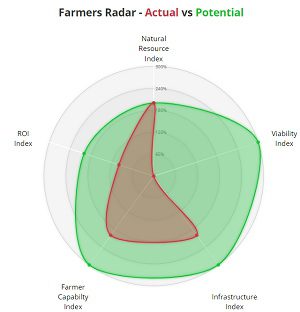
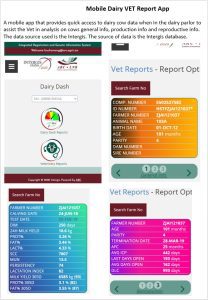
This app is available to farmers who participate in milk recording under the scheme.
It acts as a farm management tool for dairy cattle, enabling the farmer to analyse the milk and laboratory results to identify and manage problem areas such as low producing cows, sick cows, poor fertility and general farm management practices that negatively affect milk production and thus profitability.
The Dairy Dash app analyses traits such as milk (kg), butter fat, protein, lactose, urea and somatic cell count (SCC), simplifying all this into visual graphs and charts and tables.
This gives the dairy farmer a high-level overview of the herd’s production performance including trend lines, averages and summaries, as well as the ability to focus on individual cows to evaluate historic performance on these traits.
This enables the farmer to see the correlation between different traits. For example, when the herd average SCC increases, this is matched with a decrease in kilograms of milk produced.
When there is an increase in herd milk urea nitrogen value, this is usually an indication of excess nitrogen in the feed.
The app also includes a sire summary feature to evaluate how the progeny of a specific sire perform, as well as a reproduction feature that examines traits such as AFC (age at first calving), ICP (intercalving period) and DLC (days since last calving).
Lastly, the Dairy Dash app has recently been updated with two veterinary reports, which are useful to assist the vet and farmer to make informed decisions about individual cows.
Fat
The FAT app target audience is agricultural service providers, support bodies and farmers (the app constitutes an expert system) and requires analysis of guidance by experts.
This means the farmer will not use the app directly, but can request an evaluation and receive a comprehensive report with visuals.
The development of the app began only after the research and scientific concepts were thoroughly tested in practice.
It all happened organically, when ARC-Agrimetrics realised the first logical step was to consider the natural (and other) resources, before delving into enterprises – then to describe the enterprises in the necessary detail, and lastly analyse other factors such as infrastructure, operational skills, risks and limitations of the enterprise.

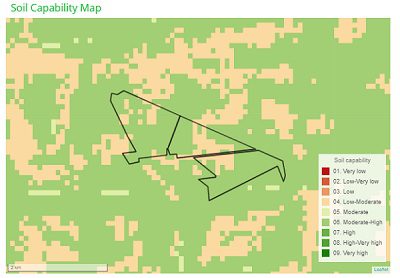
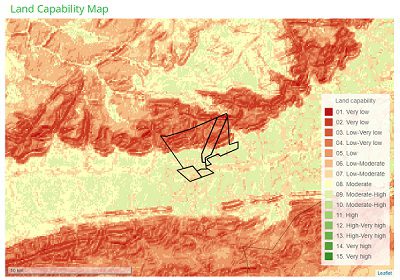
One of the app developers was invited by the research team to observe this process in action for a week during which an expert panel was evaluating farming enterprises.
The purpose was to observe and understand the current practice with a view to integrating all the tools, processes and data into a single app.
This is how the seeds for the Farm Assessment Toolkit were sown, and about a year later four system developers from the ARC ICT Apps division began the work of designing and develop the FAT app.
It was critical for the technical team to understand what the business needed from the FAT in order to deliver a solution that was fit for purpose.
A prototype development approach was chosen, allowing for iterative and incremental developments which the end users could test and provide feedback on.
The value of this approach is it fosters close consultation between the research and technical teams, which in turn helps ensure the app development is on target and meets expectations.
One of the main development aims of every app is to make it user-friendly and intuitive. The FAT app requires expert guidance – but is easy to follow and logical.
Whilst a farmer could use it him/herself, it is better to have a few experts as part of the process – at this stage it is not freely available and provided as a service package, so the ARC-Agrimetrics team can be approached to evaluate a specific farm enterprise.
The app only provides a portion of the value, the greatest value is in the expert panel made up of experienced scientists who look at every aspect of the farm.
They bring an objective and expert evaluation to the process, tapping into their extensive networks when points are contested or uncertain to settle on the most accurate and scientific answer.
Apps division
The ARC ICT Apps division is always working on new apps and systems, as well as behind the scenes on the data projects that are the lifeblood of the apps.
These new apps are guided by requests from the ARC campuses, and we are always excited to work on a new app that focuses on a different or emerging field.
One of the challenges is with marketing the apps, and then the time to demonstrate the apps to end users.
One of the means to overcome this is by making use of visuals to easily and quickly communicate our message to the end users – we do this through the app itself using visual interfaces, graphs and charts to simplify complex data, and communicating through videos.
This helps to overcome the challenge of catering for users with different languages as well as low literacy levels.
Getting the latest research results to farmers is one of the important mandates of the ARC, and there is an increasing focus on apps to help ensure this information dissemination keeps up with the changing times.
The older generation of farmers still tend to prefer hard copies and paper-based reports, however the adoption rate of apps is expected to accelerate, especially among the younger generation of up-and-coming farmers.
This means we also have to ensure that the data that are crucial to the apps and systems are maintained and kept up to date so that the information we provide is current and relevant.
The FAT app is kept up to date with new commodity data and new, relevant information. The beauty of the app lies in its adaptability.
The app team consists of Philip Beukes, Gert de Nysschen, Zibusiso Ncube and Graham Buchanan. The research team includes Dr Aart-Jan Verschoor and Dr Ben Greyling.
Email Dr Ben Greyling at [email protected].









